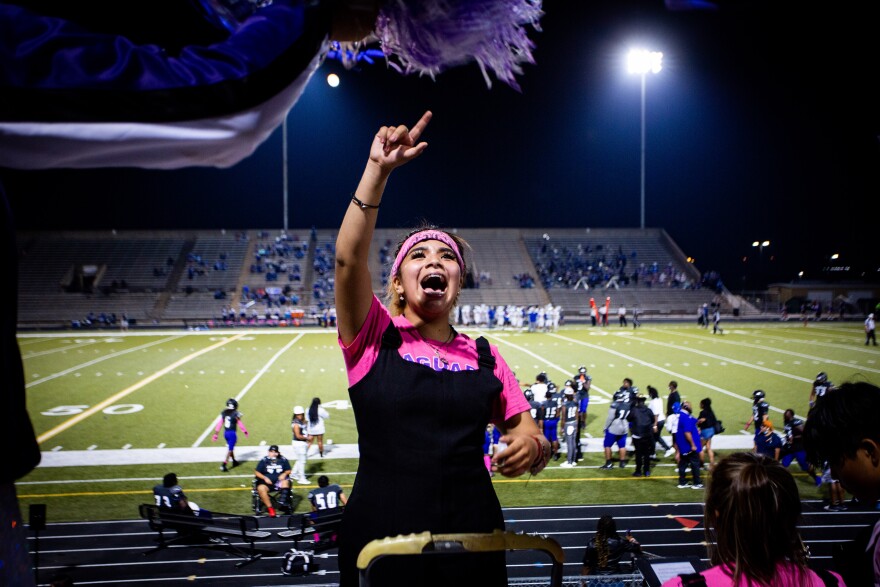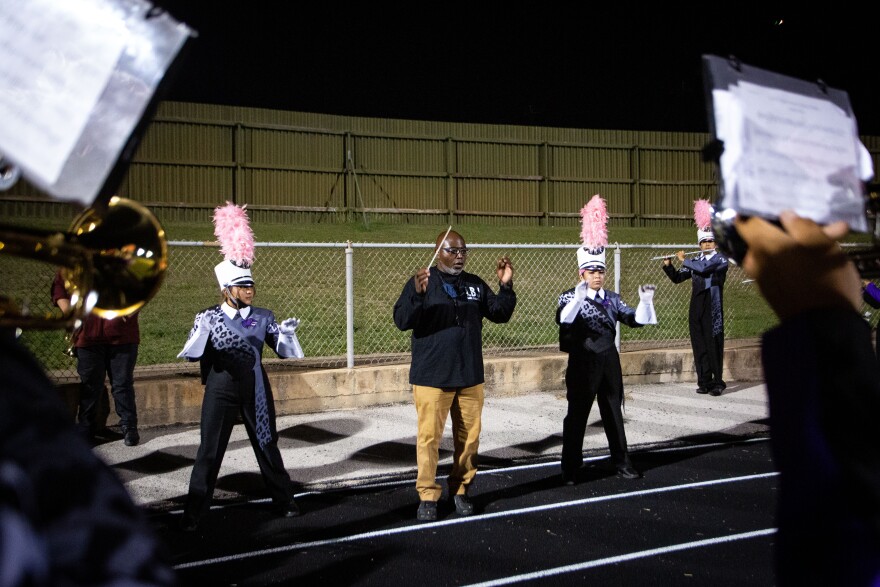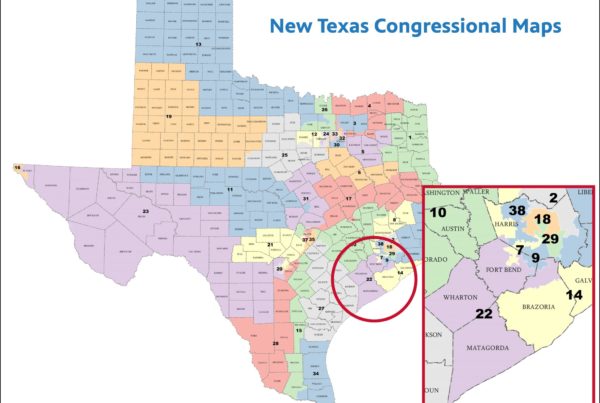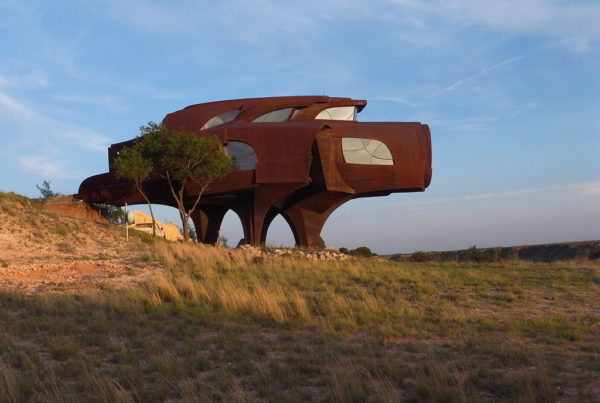If you go to Nelson Field in Northeast Austin on a Friday night, you can see two stories playing out at the same time.
There’s the success story: LBJ High School’s football team is one of the best in the state. The Jaguars made it to the 4A state semifinals last year, and this year they’re undefeated. As the wins pile up, spectators wonder if this is the season they go all the way.
The other story is taking place in the stands. The LBJ marching band is at every game, entertaining the fans and encouraging the players. But their story isn’t one of potential championships; it’s one of progress.
“I love how people underestimate the band,” Pamela, a senior, says.
“We’re the underdogs!” Victoria, a fellow drum major, shouts over her shoulder.
“We’re definitely the underdogs,” Pamela repeats.
The split
The marching band hasn’t always been the underdog. Last football season, there were almost 200 members. That’s because the band was made up of students from LBJ and the Liberal Arts and Science Academy, or LASA.
The magnet school, which Austin ISD created 20 years ago, is academically rigorous and students have to apply to get in. Up until last year, it shared the campus with LBJ. LBJ students took classes on the first floor, and LASA students took classes on the second.
LBJ students are — and have been — mostly Black, Latino and low income. LASA’s students, meanwhile, have been mostly white and Asian; very few are low income. They didn’t interact a lot, except with extracurricular activities like sports, clubs and, of course, band.
But LASA was getting too big for the limited space, so it moved to its own campus.
Now, Darrell Williams, the band director, is seeing what the band is like without LASA.
At the end of September, he sat in his office at the back of the cavernous band room, drinking a McDonald’s coffee. It’s been a whirlwind couple of weeks. Williams was hired last school year to lead the band once the two schools split up. When he was hired, he says, administrators didn’t explain how many students from each school had been members.
















